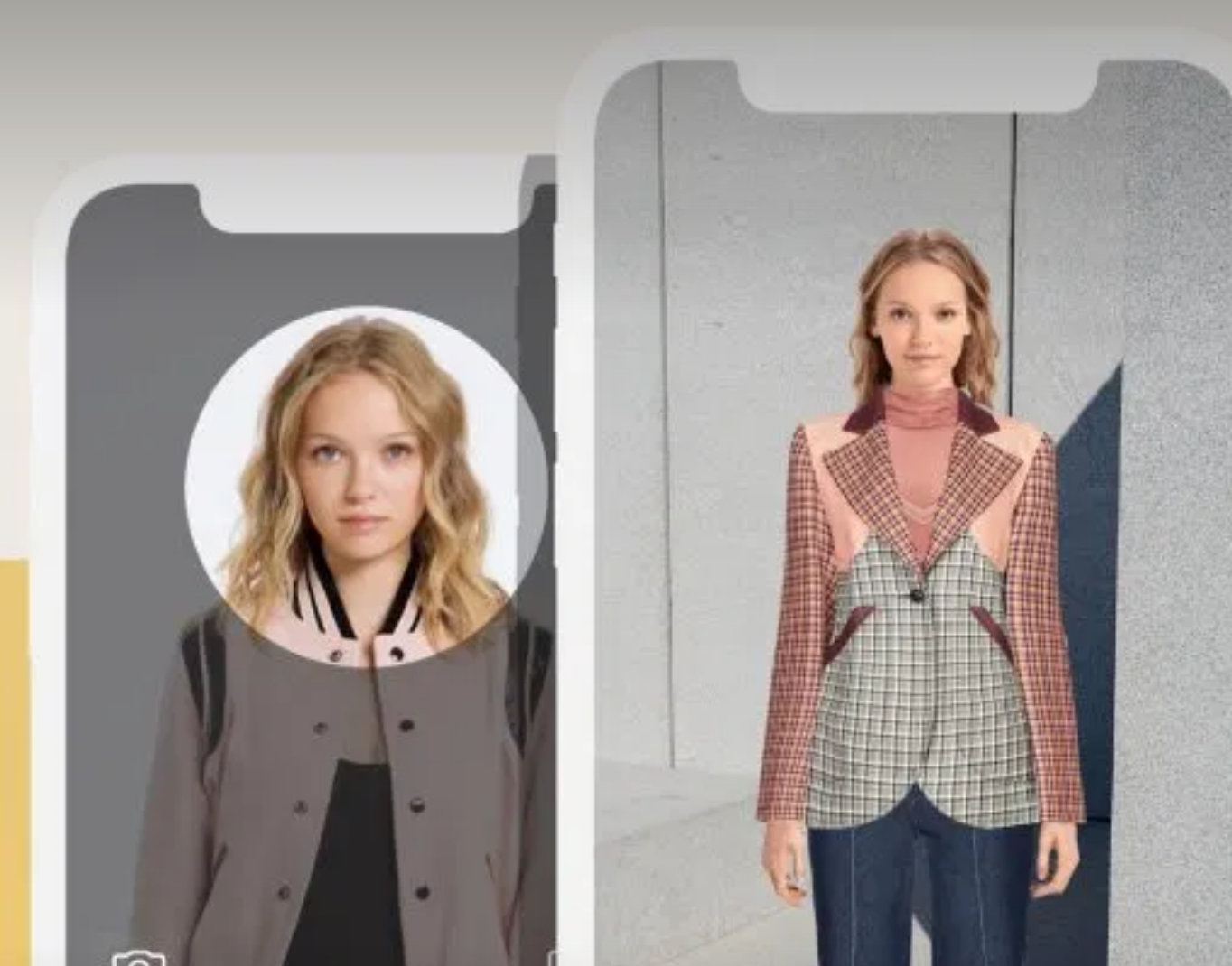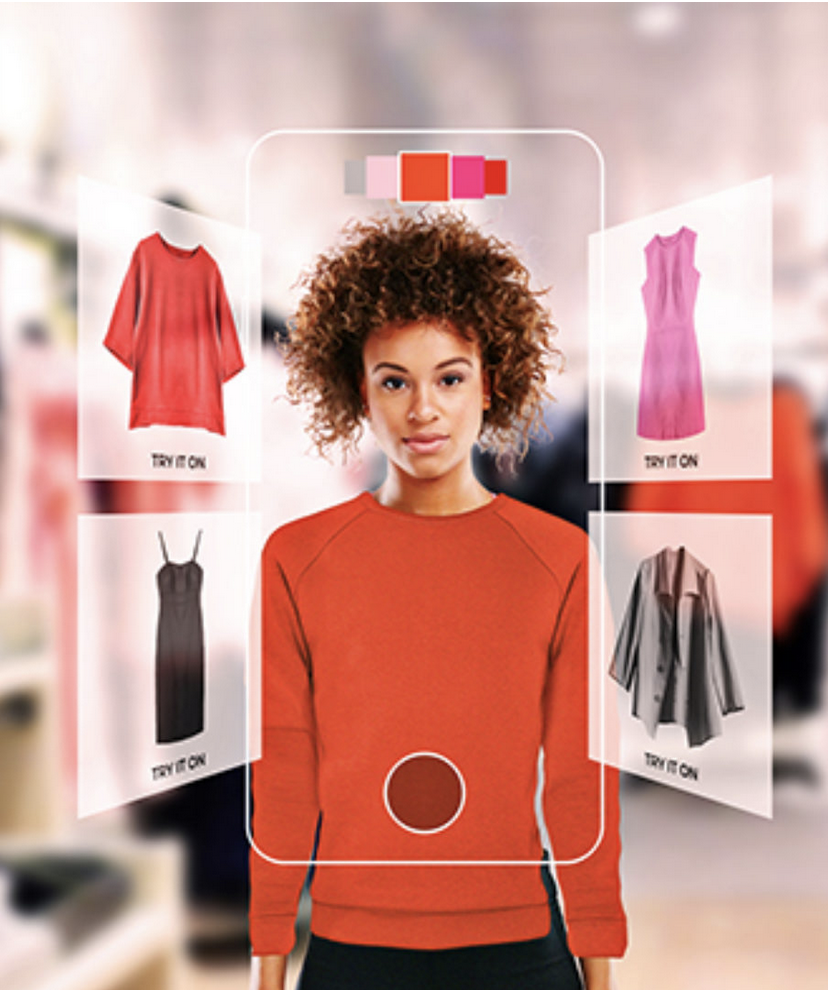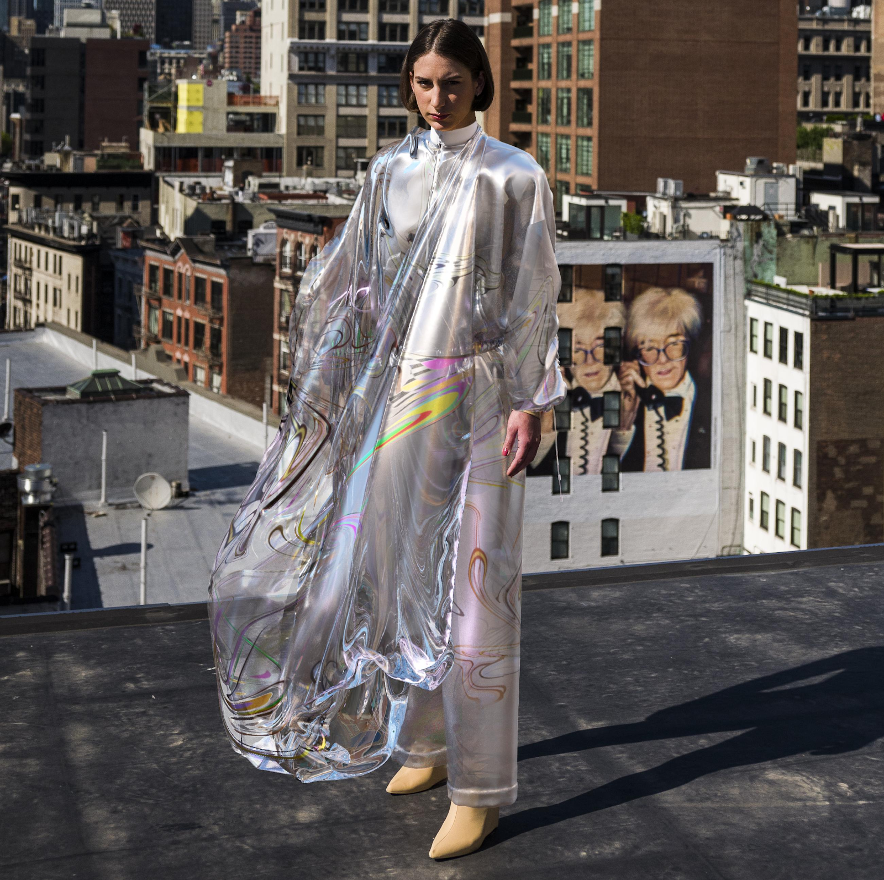Visual Age: AR and VR to Spearhead e-Commerce in Fashion
Virtual Marketplace

Virtual Try-on
We’ve opened up the playing field to the topic of augmented reality when we discussed the first digital fashion week in Paris. Slowly but surely, AR and VR is seeping through the modern fashion industry, sweeping its way into each app and each online store alike. Technology is changing the way we buy products. Fashion brands are using virtual try-ons to incentivize consumers into confidently purchasing their garments. A piece by Vogue Business informs us that viewing 3D models in AR increases conversion by up to 250 per cent. Aside from social engagement and interaction, the revenue that is achieved through these platforms is something worth noting. Brands are moving their virtual try-on experiences from soiled apps to integrations to more mainstream social media and e-commerce platforms. Think about it – It’s profitable, cost-effective, and nobody needs to interact to make a transaction. Companies are seeing the sense behind trading store fronts and shelves for clicks and virtual images.
Beyond Four Walls

AR in Retail
In March of this year, Shopify added built-in support on its platform for 3D and AR models. Rebecca Minkoff vouches that because of these 3D integrations, customers were 44% more likely to add a product to their cart. The brand, which has been testing the features since late last year, discovered that shoppers were 65% more likely to purchase a bag if they viewed it in AR. From this, we can deduce that digital couture gives a person the ability to buy virtual fashion they feel fits their persona from mere images, without the need to go to a store and try on the clothes. Fitting rooms are less likely to be used as we steer towards this direction.
Perhaps an optimistic proposition, but virtual try-ons could potentially lead to the minimization of carbon emissions released into air from decreased traveling to physical stores. With people becoming more conscious about how their buying habits affect the environment, and social distancing becoming the standard, digital fashion is on its way to become a norm.
Blurred Lines between Physical and Digital Worlds
Brands must understand that new trends are emerging, and as the physical and digital worlds merge, new opportunities are brought forward in the fashion space. With sales clearly driving the trends, virtual reality is profitable not just as it relates to fashion, but for the e-commerce enterprise in many other industries.
Fashion and technology have joined forces. Ever heard of a digital dress? For simplicity’s sake, consider it as a very expensive Instagram filter. Dutch designers The Fabricant, Dapper Labs, and augmented reality artists embarked on a collaboration to create a digital dress titled ‘Iridescence’ (pictured below). It is completely personalized, for a small price of $9,500! Quite steep for essentially a hologram. Buyers of the garment may say it’s an investment – a collectible, while others find the idea slightly outlandish. We can unanimously agree that this is just the tip of the iceberg when it comes to the creative space that augmented reality lends itself to. With these types of features, little is left to the imagination, while precision and customization are key to creating a seamless virtual experience for the consumer. Instead of lengthy, elaborate product descriptions, companies decide to let the visuals do the talking – and the selling.

Iridescence. The Times, UK.
